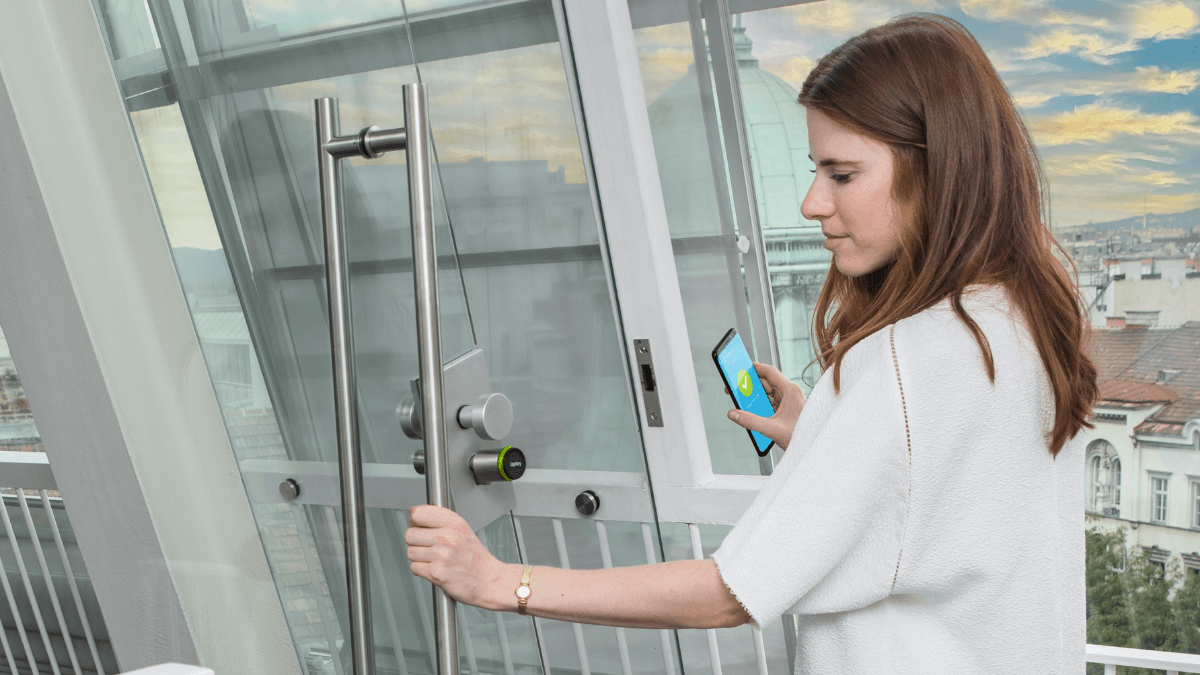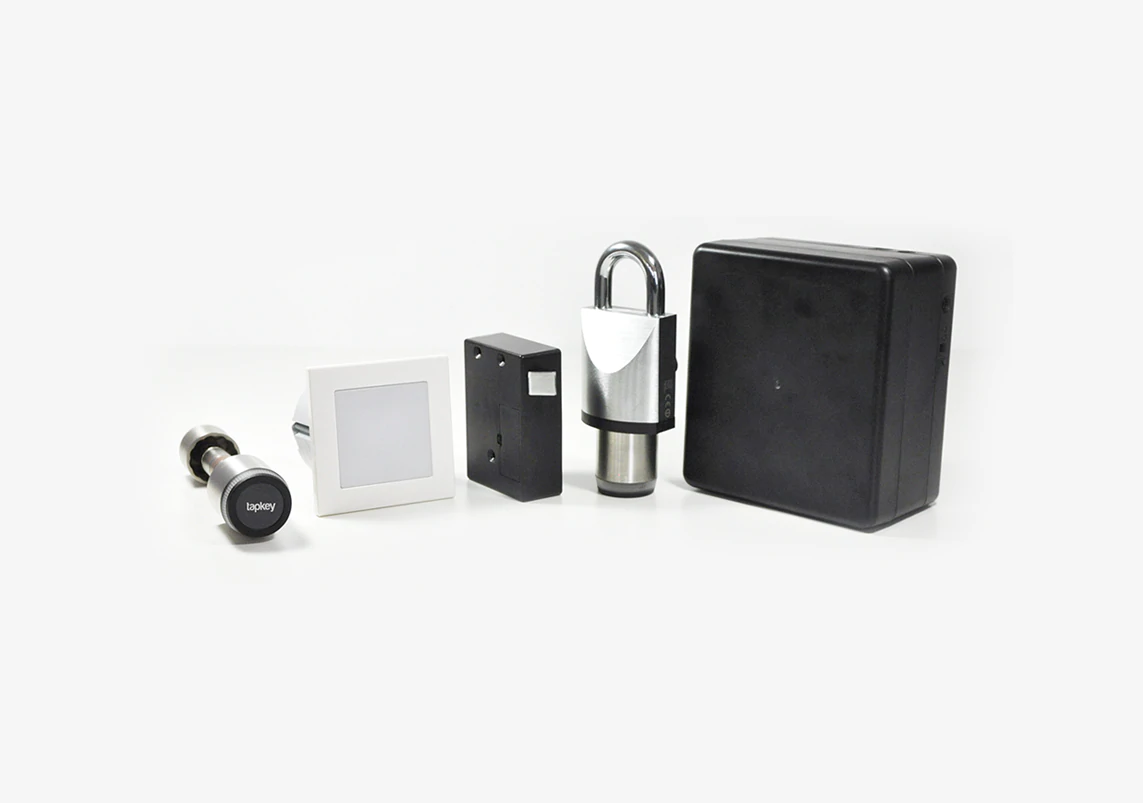Over the years, the access control industry has experienced significant transformation, and as we move forward into 2025, this evolution shows no signs of slowing down. With emerging challenges and exciting opportunities on the horizon, the intersection of technology, security, and convenience continues to drive the development of access control systems. Let’s take a closer look at the key trends shaping the access control landscape in 2025.
1. Cloud-Based Systems Are Redefining How We Manage Access
Cloud-based access control systems have become increasingly popular in recent years, changing the way organisations manage and monitor access. According to Flexera, 92% of businesses already use cloud-based systems for various operations, from document management to security. Looking ahead to 2025, even more businesses are expected to adopt cloud-based access control systems. These systems allow remote management, automatic updates, and centralised control across different locations. With web-based interfaces, they offer unmatched convenience and scalability—perfect for businesses with multiple sites or those needing temporary access solutions. The convenience and scalability they deliver remain crucial in shaping the future of access control.
2. Standardisation Is Bringing the Industry Closer Together
In response to the growing complexity of security ecosystems, there’s a push for interoperability and standardisation among access control solutions. Historically, access control providers have worked independently without unified protocols, creating integration challenges. However, standards are now emerging as a focal point for the industry. The OSS Association is pushing for standardised protocols. Industry players are working towards creating unified standards, ensuring seamless integration between various systems. The goal behind this is to enhance overall efficiency and reduce vulnerabilities. The OSS Standard Offline laid the groundwork, while the OSS Mobile Access Standard presented its first showcase in 2022, marking a significant milestone. These standards will reduce vulnerabilities, enhance scalability, and simplify deployment as the industry moves forward.
3. Mobile Credentials Are Taking Over How We Access Spaces
Touchless access — in combination with the use of mobile credentials — emerges as a pivotal trend in access control technology for 2024, gaining considerable traction in public and commercial spaces due to its advantages. Many access control systems now offer mobile apps, such as the Tapkey App, that allow users to securely access facilities and resources using their smartphones or other mobile devices. There has been a tremendous uptick in the popularity of mobile credentials. Research firm IHS Markit has reported that mobile-based credentials are the fastest-growing access control product, with more businesses and homeowners turning to this secure and convenient option.
Although access cards still play a powerful role in the access control market, we are seeing a strong shift towards mobile access control. The fact that people are always with their smartphones helps popularise this trend. Phones aren’t just phones any more. They play a bigger role in day-to-day life, and this also includes access control. Mobile credentials can be used to authenticate identity and grant entry. This gives greater flexibility, improves privacy, and can also lower the maintenance costs of credential management for end users.
4. Wearable Technology Is Changing the Way We Unlock Doors
The landscape of mobile access control is expanding further with the integration of wearable technology.
What are wearables? Wearables are a class of smart devices that can be worn on the wrist or clipped onto clothing or carried. This includes smart jewellery, such as rings, wristbands, watches, or pins. They work with Bluetooth or Near Field Communication.
They present an innovative approach and should solve day-to-day human problems in real-time by integrating functional, portable electronic devices into people’s daily lives. For access control, wearable devices allow you to unlock with your Apple watch, wristband or other device to unlock doors, and not having to pull your phone out first. While wearables are carving a niche, the concept of embedding access control into everyday items like clothes or rings paves the way for new possibilities. But what’s next? Is the integration of smart rings the next step for access control? Could access control eventually move beneath our skin? While the idea of microchipping humans for access control and identification still feels futuristic, we’re seeing a shift toward wearable technology.
5. Access Control Is Becoming a Feature, Not a Standalone System
The industry is witnessing a shift towards individual adaptability in mobile access solutions. As technology advances, personalized settings and tailored access management are becoming crucial. Moreover, access control is no longer seen as a standalone entity; instead, it’s becoming an essential feature within larger systems.
“We will see access control more as a feature than a stand-alone industry”, says Lee Odess, founder of Inside Access Control, in an interview.
Access control as a Feature is gaining prominence, where integration into other systems like visitor management or tenant experience apps enhances overall value for end-users. Companies, such as SKEPP, Geneva Ski Storage or Locaboo are already partnering with Tapkey. These systems integrated the Tapkey access technology into their system to automate access and optimise processes.
6. AI and Machine Learning Are Automating Access Control Like Never Before
As security and access control technologies advance, companies have the opportunity to streamline their operations. This is why we anticipate automation will be a key trend in access control for 2025. Artificial Intelligence (AI) and Machine Learning (ML) will play a significant role in enhancing these automation processes. These technologies enable predictive analytics, anomaly detection, and behaviour-based authentication. AI-driven automation not only optimises operations but also provides real-time insights and quick responses to potential security threats. Security teams can leverage AI to identify where to focus their attention and when, or even let AI take on the role of security management itself.
Overall, the access control industry in 2025 is moving towards more secure, flexible, and integrated solutions that meet the evolving needs of both organisations and individuals.





Integrate Mobile Access: It’s That Easy!
Tapkey can be integrated into locking products and [...]
Mehr lesenOct
PT Pods—Private Gym Accessed via Smartphone
PT Pods integrates Smart Access. For mobile access [...]
Mehr lesenMar
Why Coworking Spaces Benefit From Mobile Access
Coworking spaces all over Europe use Tapkey and [...]
Mehr lesenMay
The Success Story of anny x Tapkey
anny Co-Founder Oliver Wycisk talks about integrating mobile [...]
Mehr lesenMay